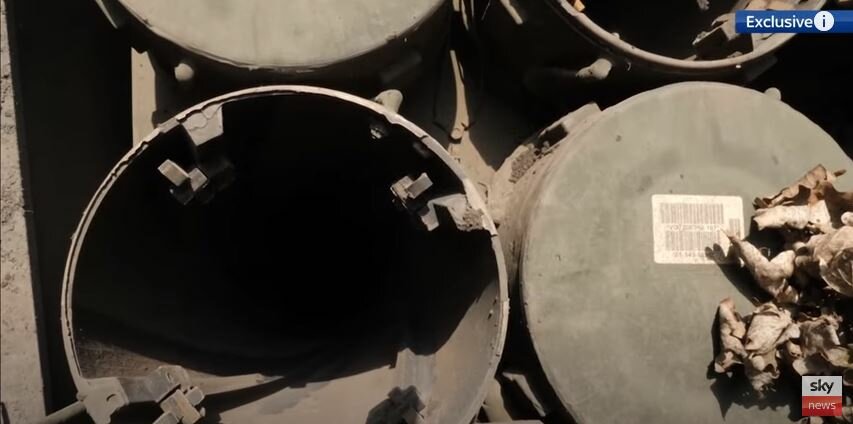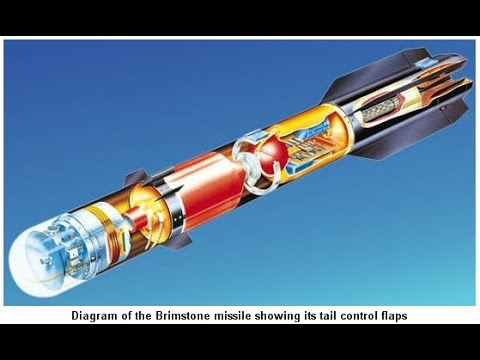The original GMLRS featured small canard wings on the front cone, being thus a front controlled actuated rocket, the LM representative explains, while in the new rocket, the GMLRS-ER, for Extended Range, control surfaces have been moved at the back, making it a tail-driven rocket, which according to Mr. Harrison considerably reduces the drag while increasing manoeuvrability. “We also increased the rocket motor diameter, from 9 to 10-inch [228 to 254 mm], but the important thing is that we are still able to maintain six rockets in each pod,” he explained. In the GMLRS-ER Lockheed Martin engineers managed to free some room in the nose cone, that allows for future growths. “We can put different sensors in it,” Harrison said, “carrying out incremental upgrades in the future, we can put more data links, and we made a modular nose where we can insert various warheads that will be developed in the future.”









